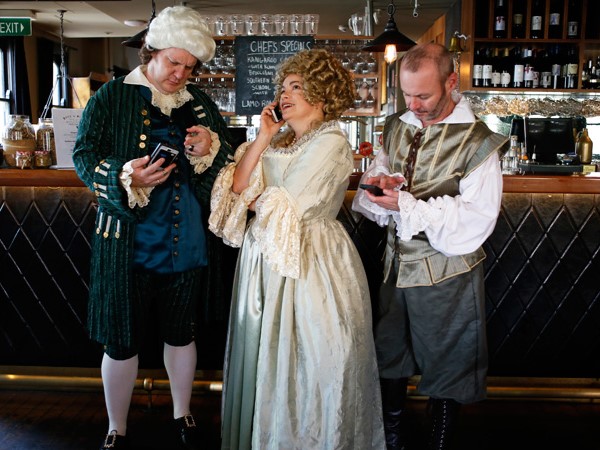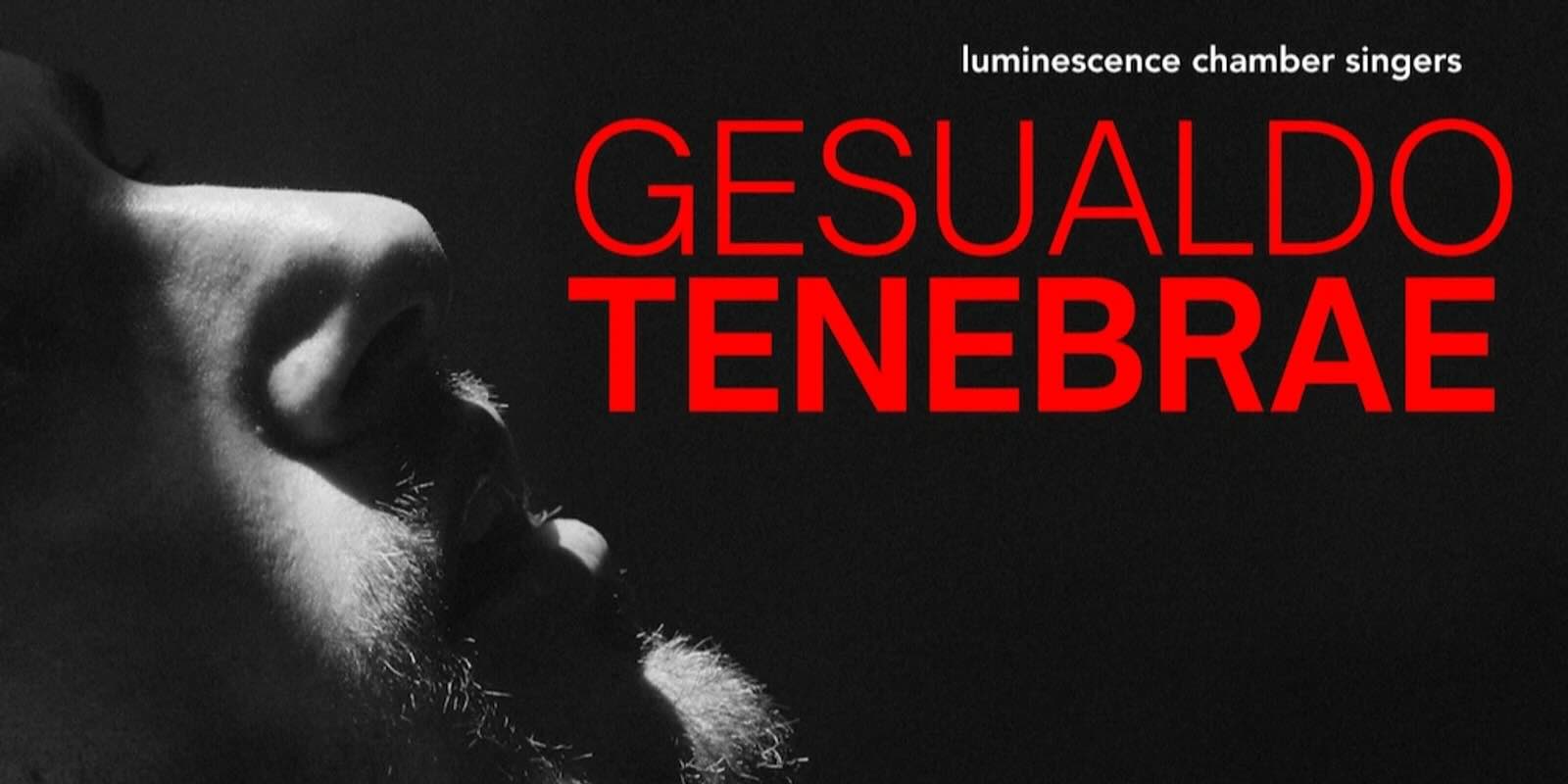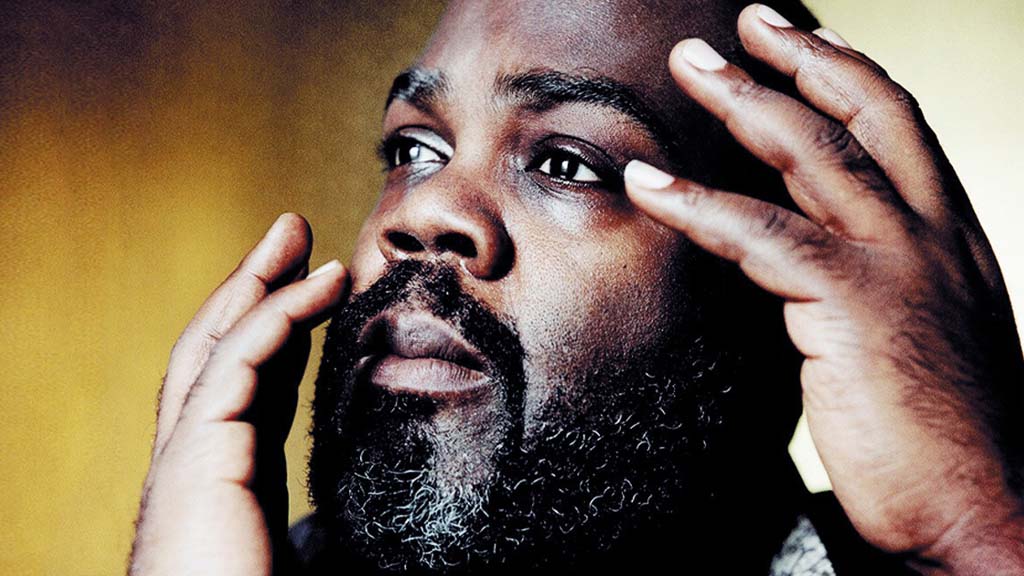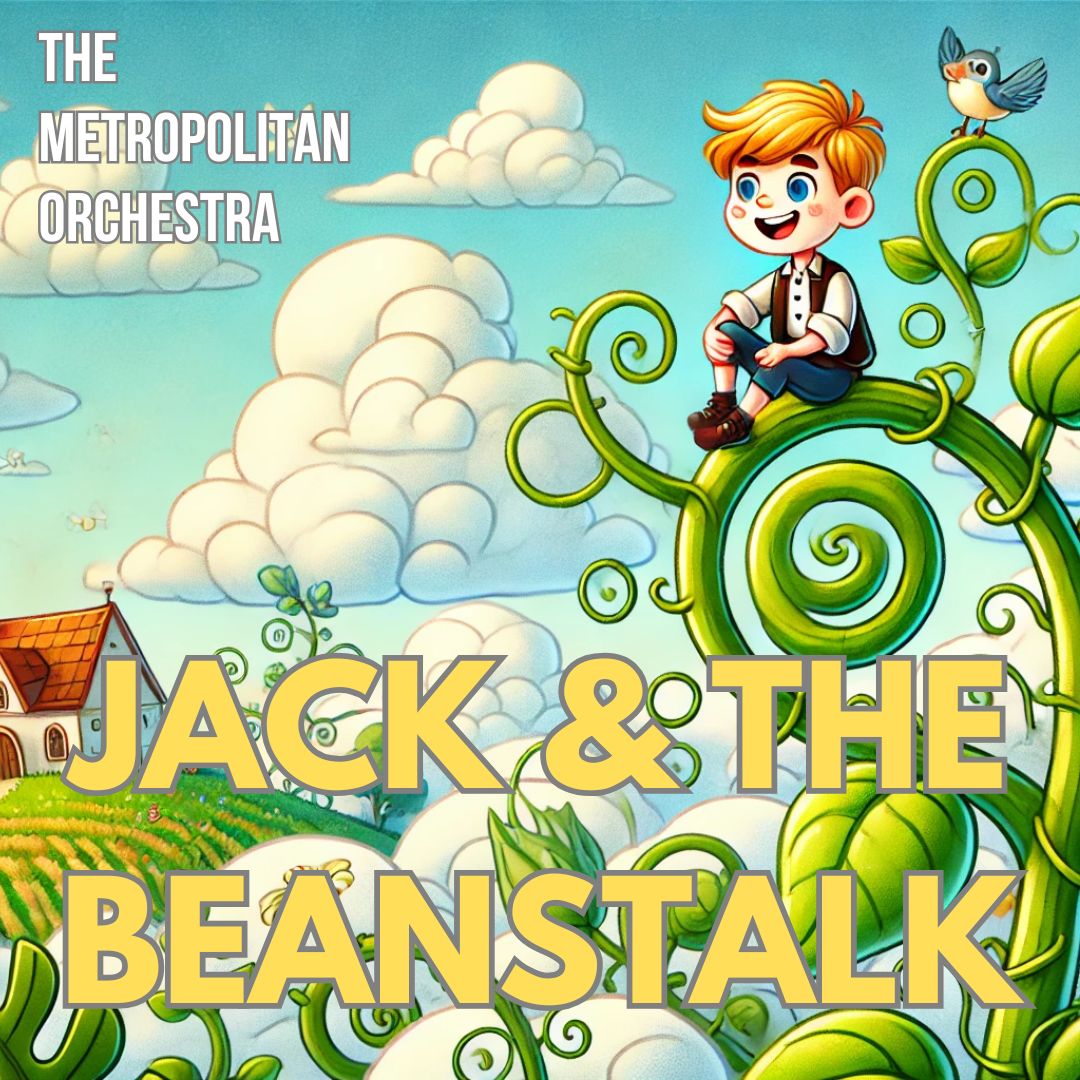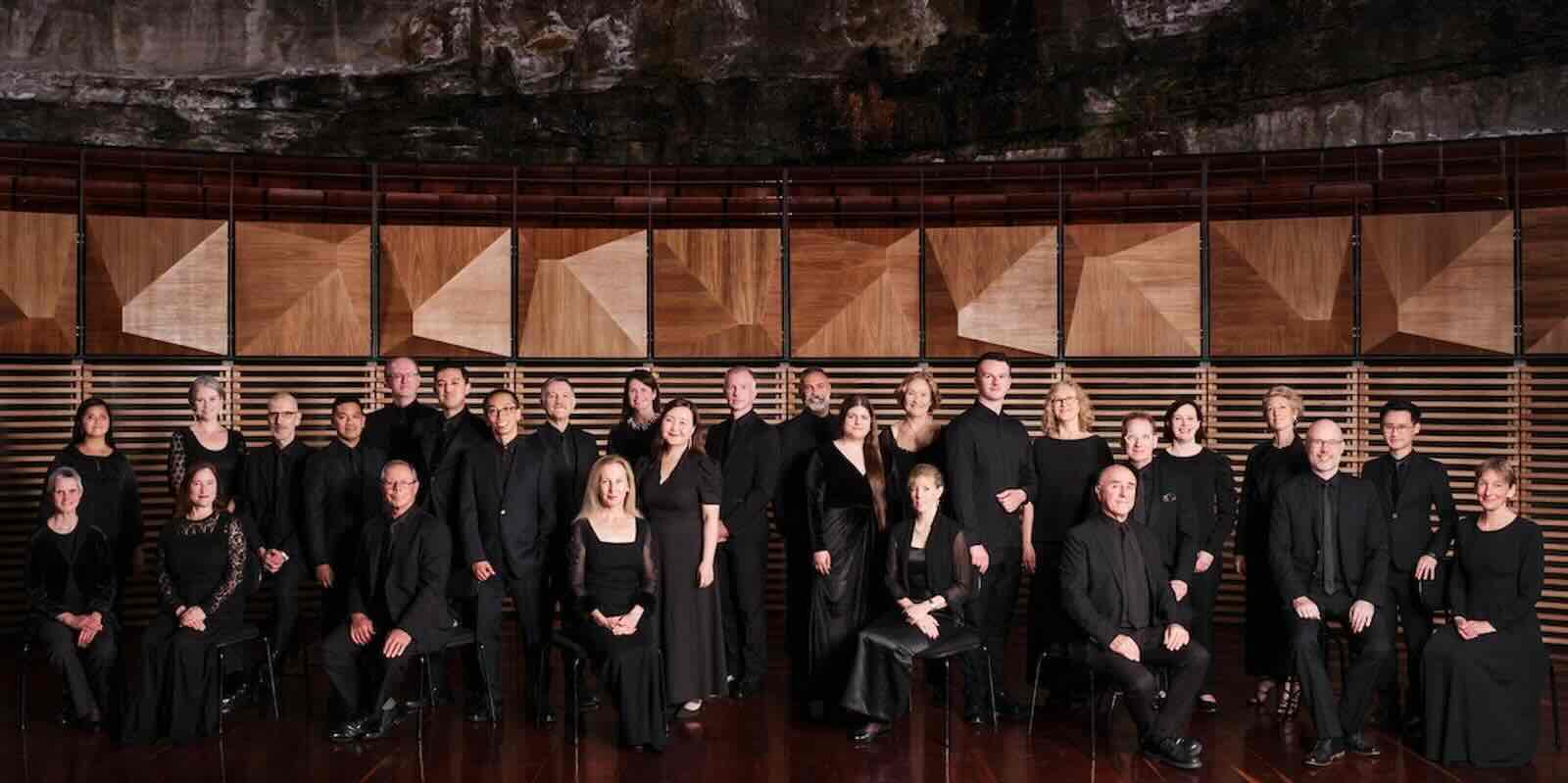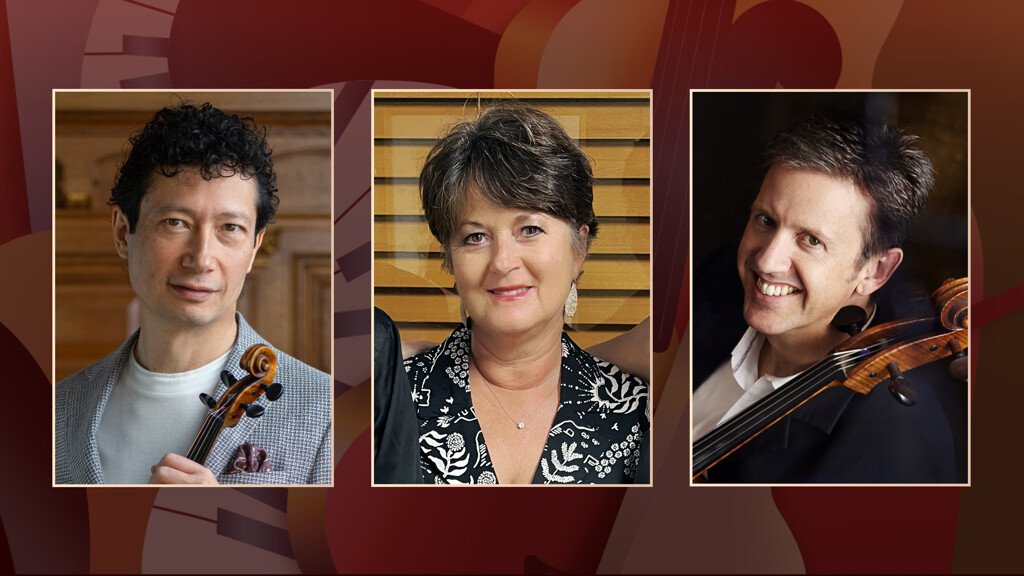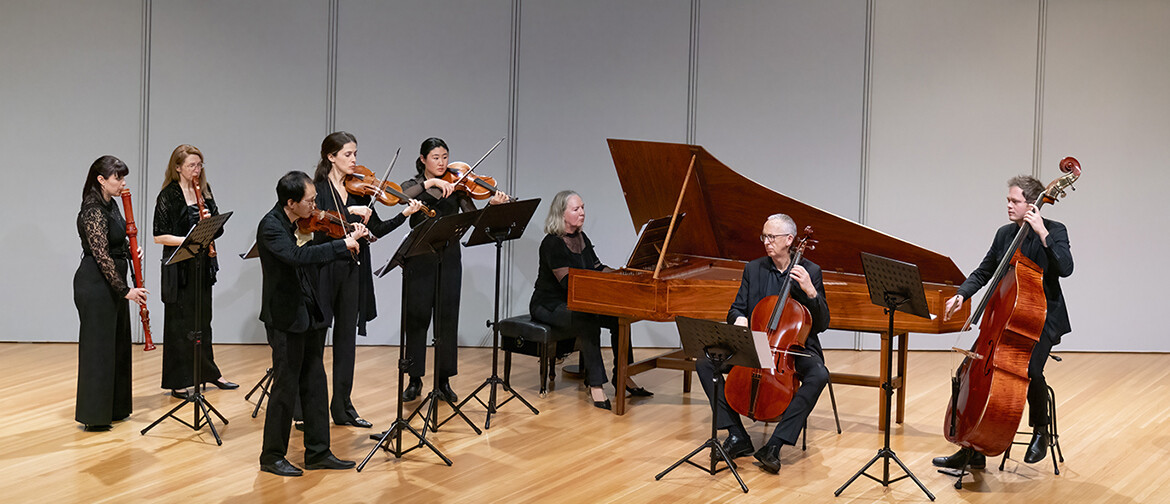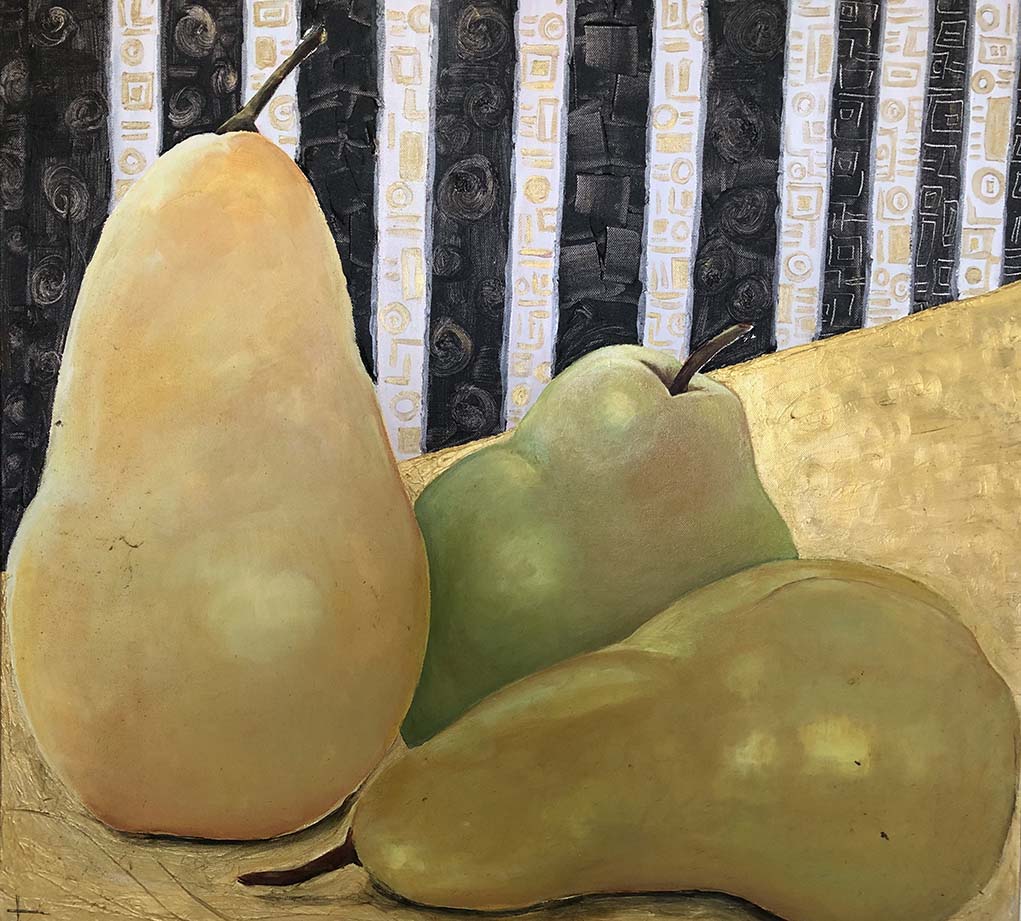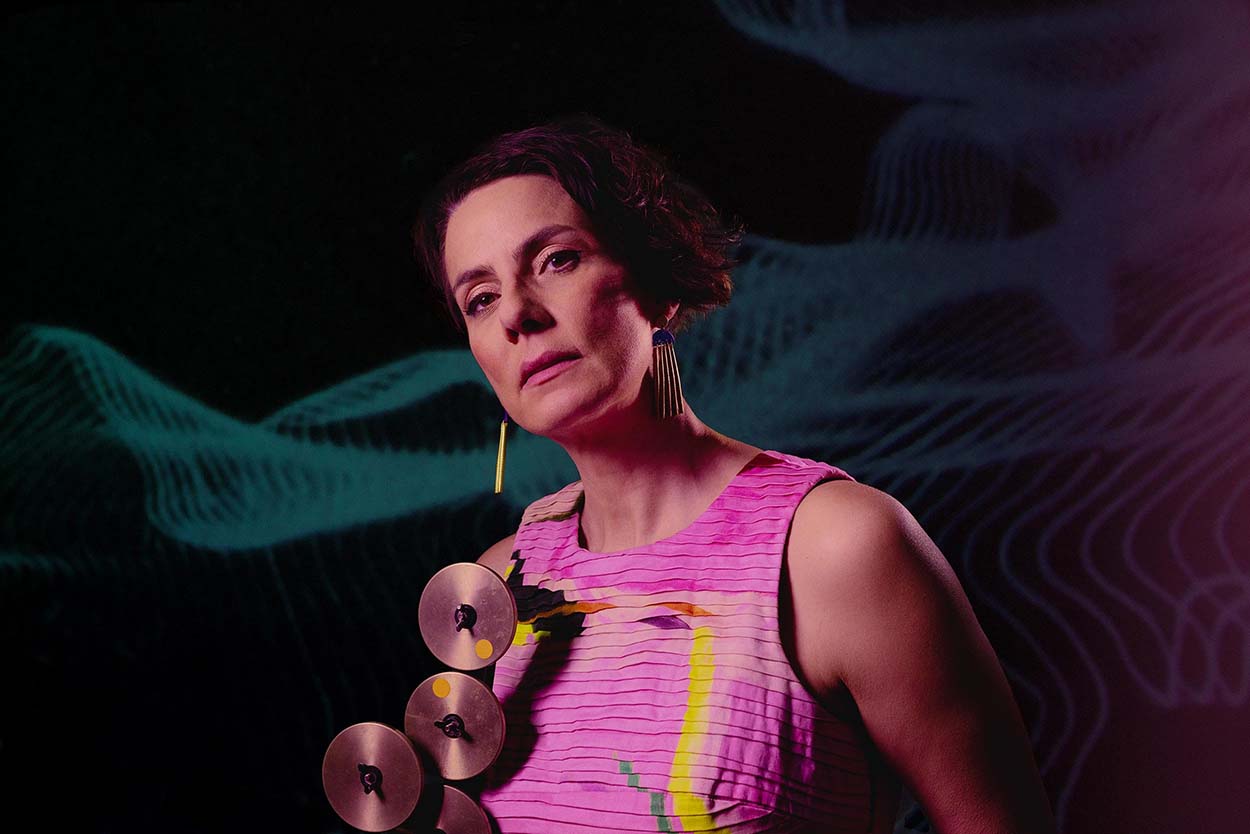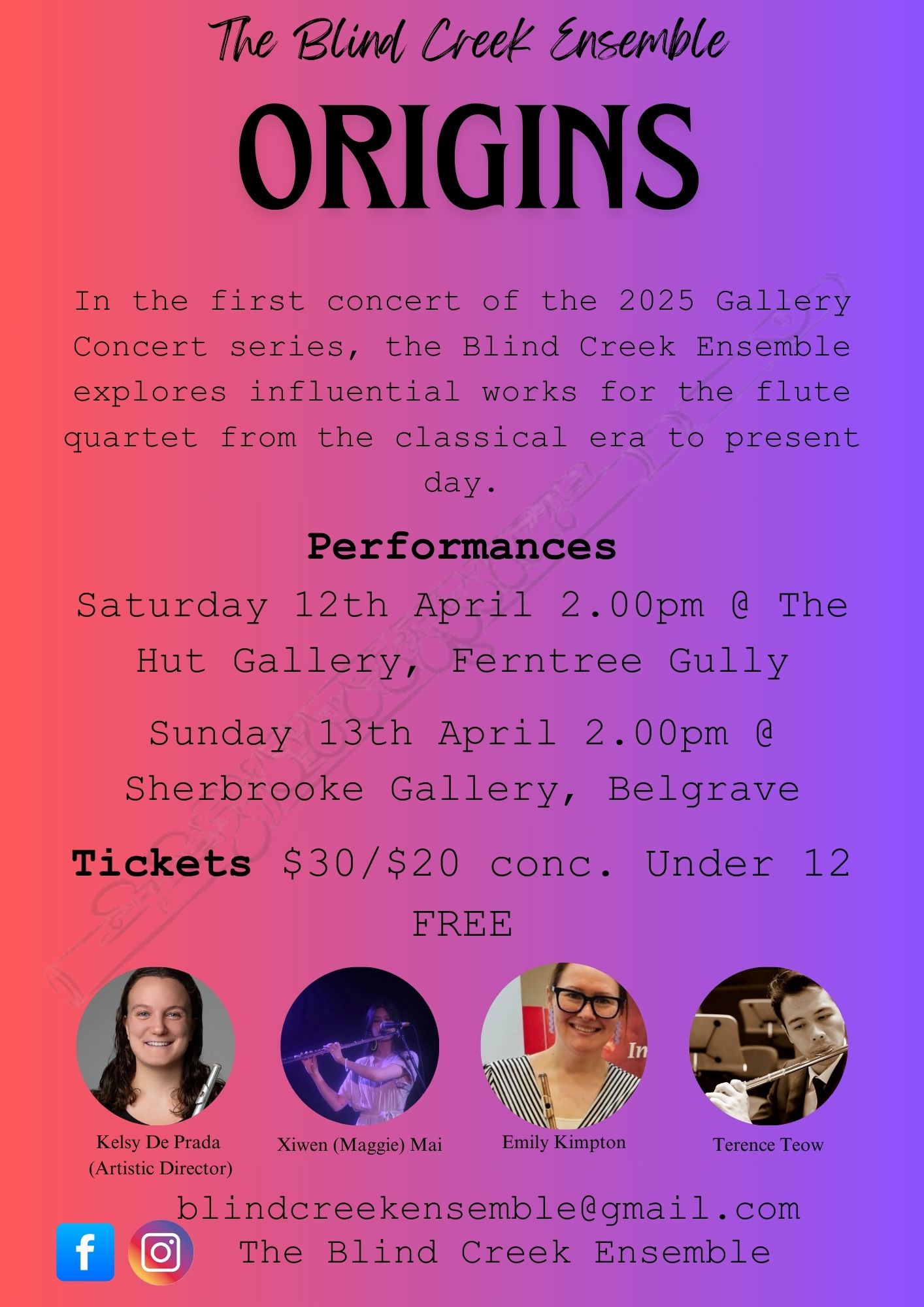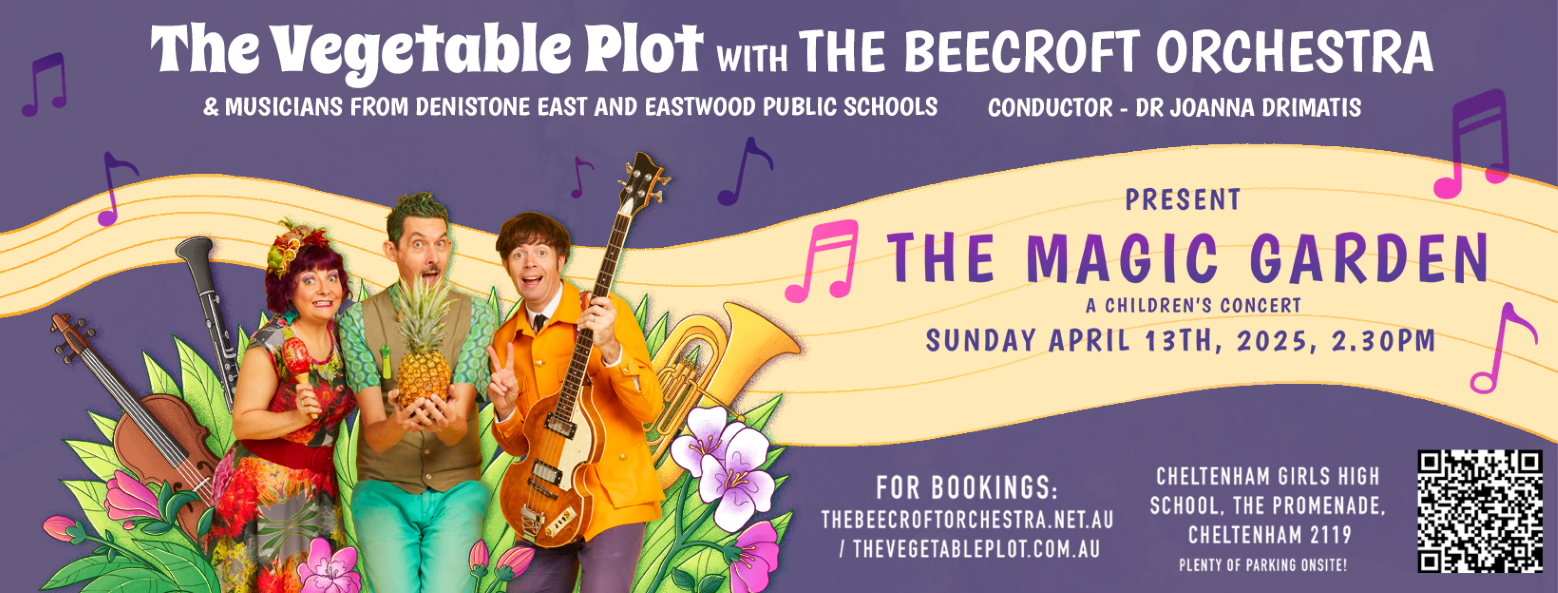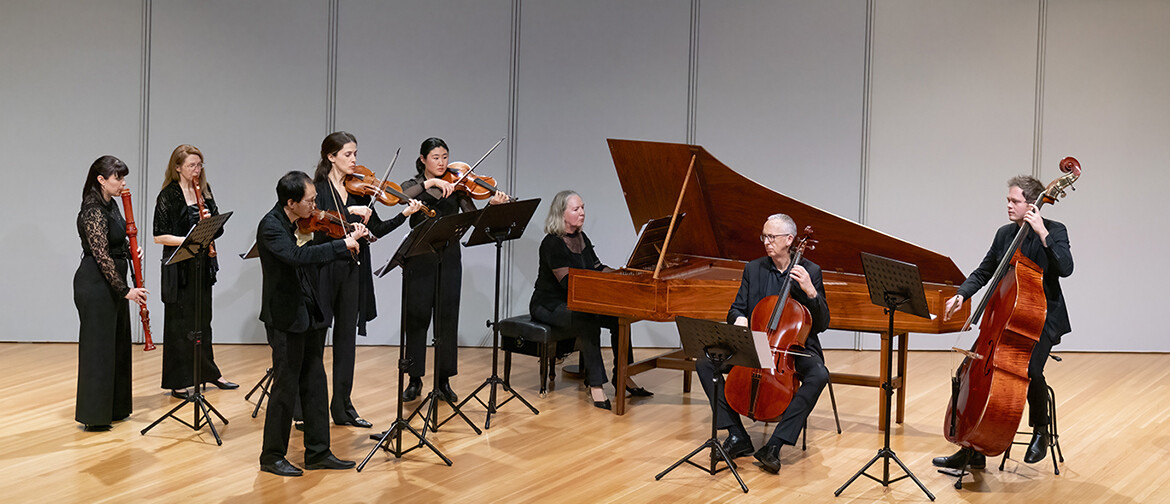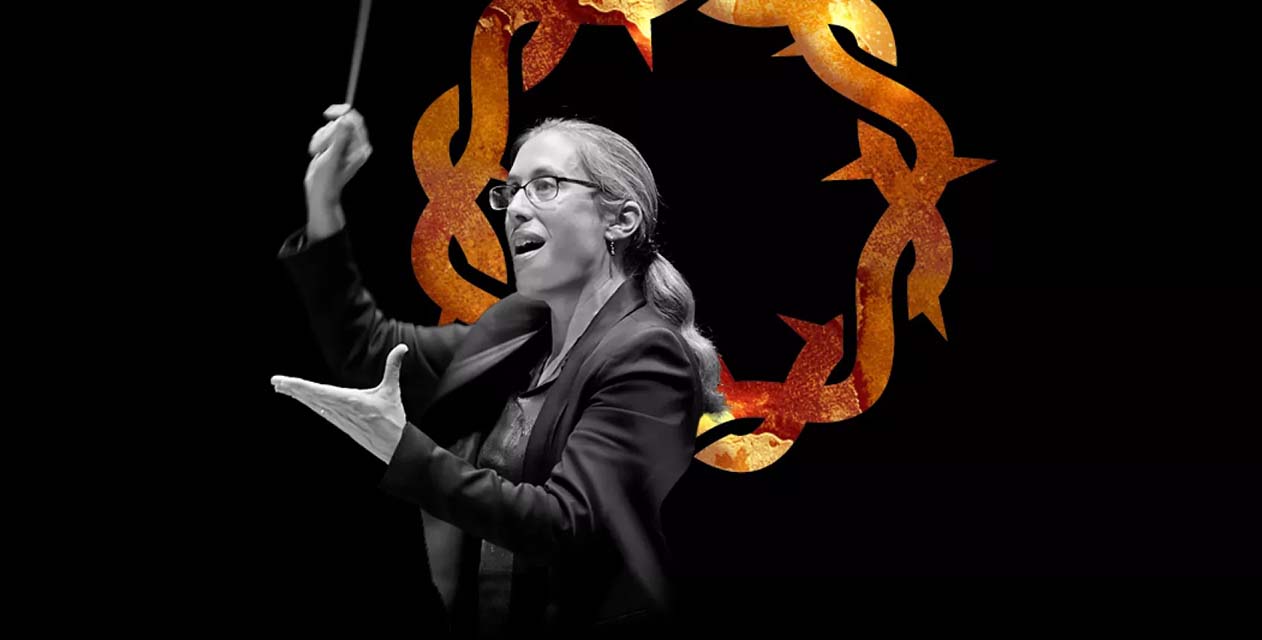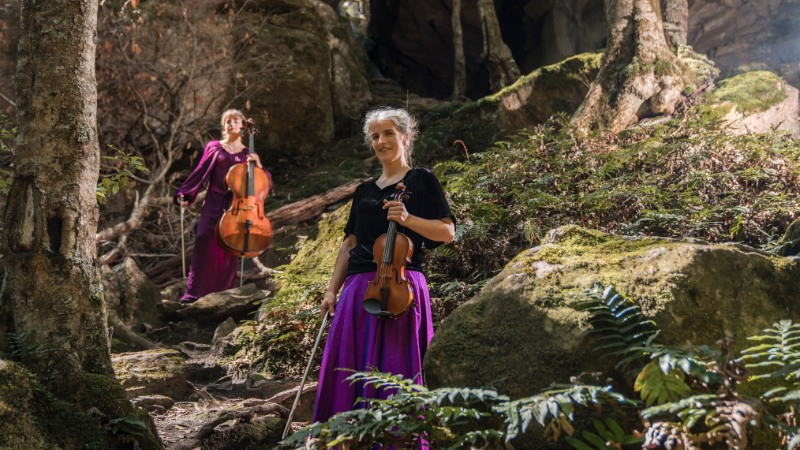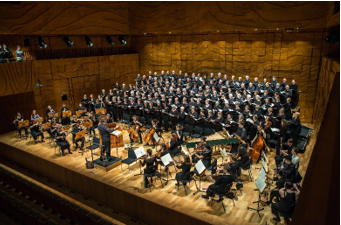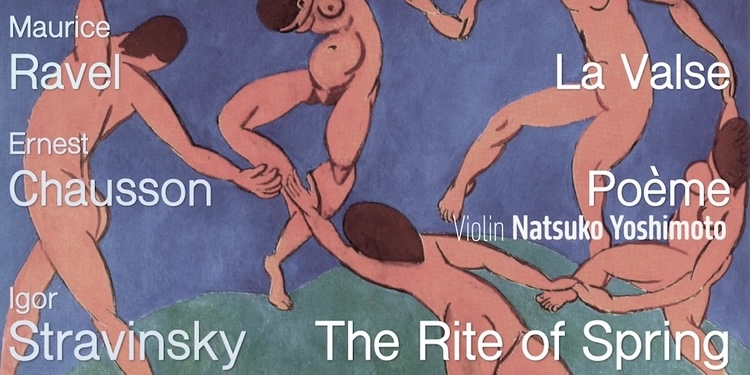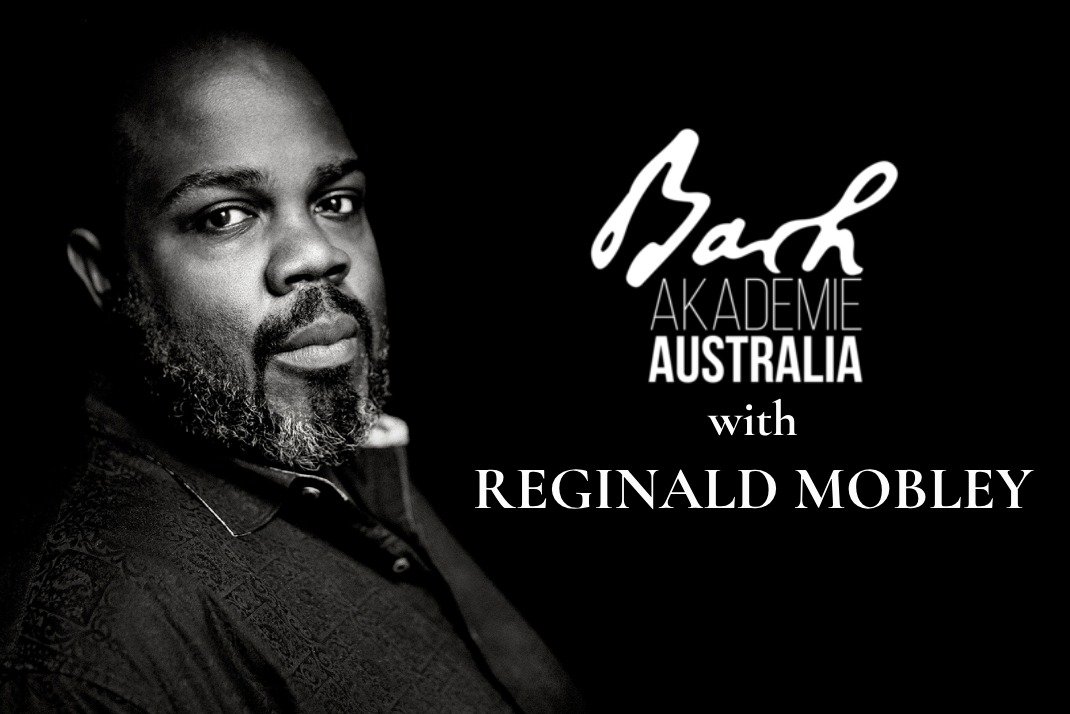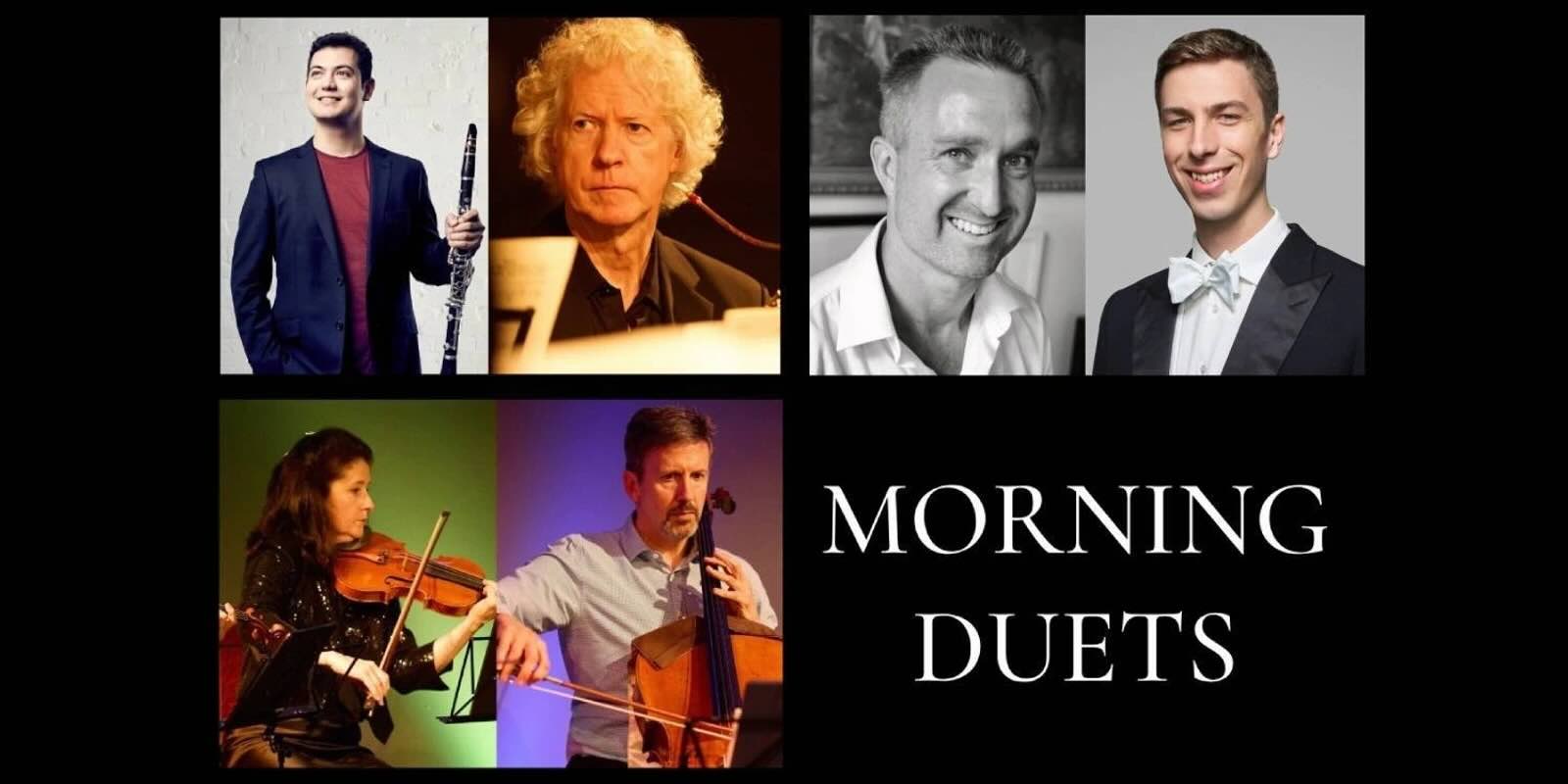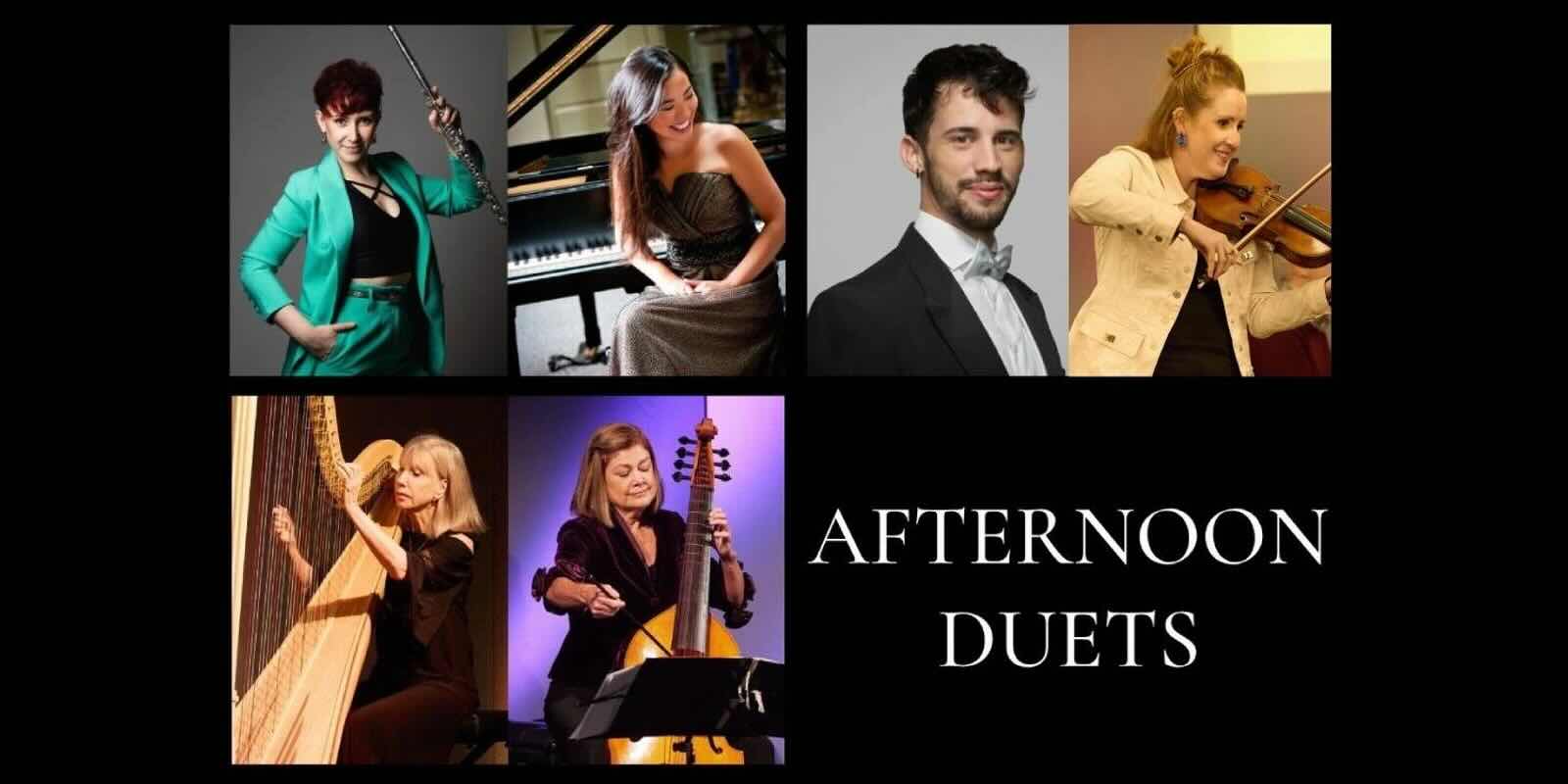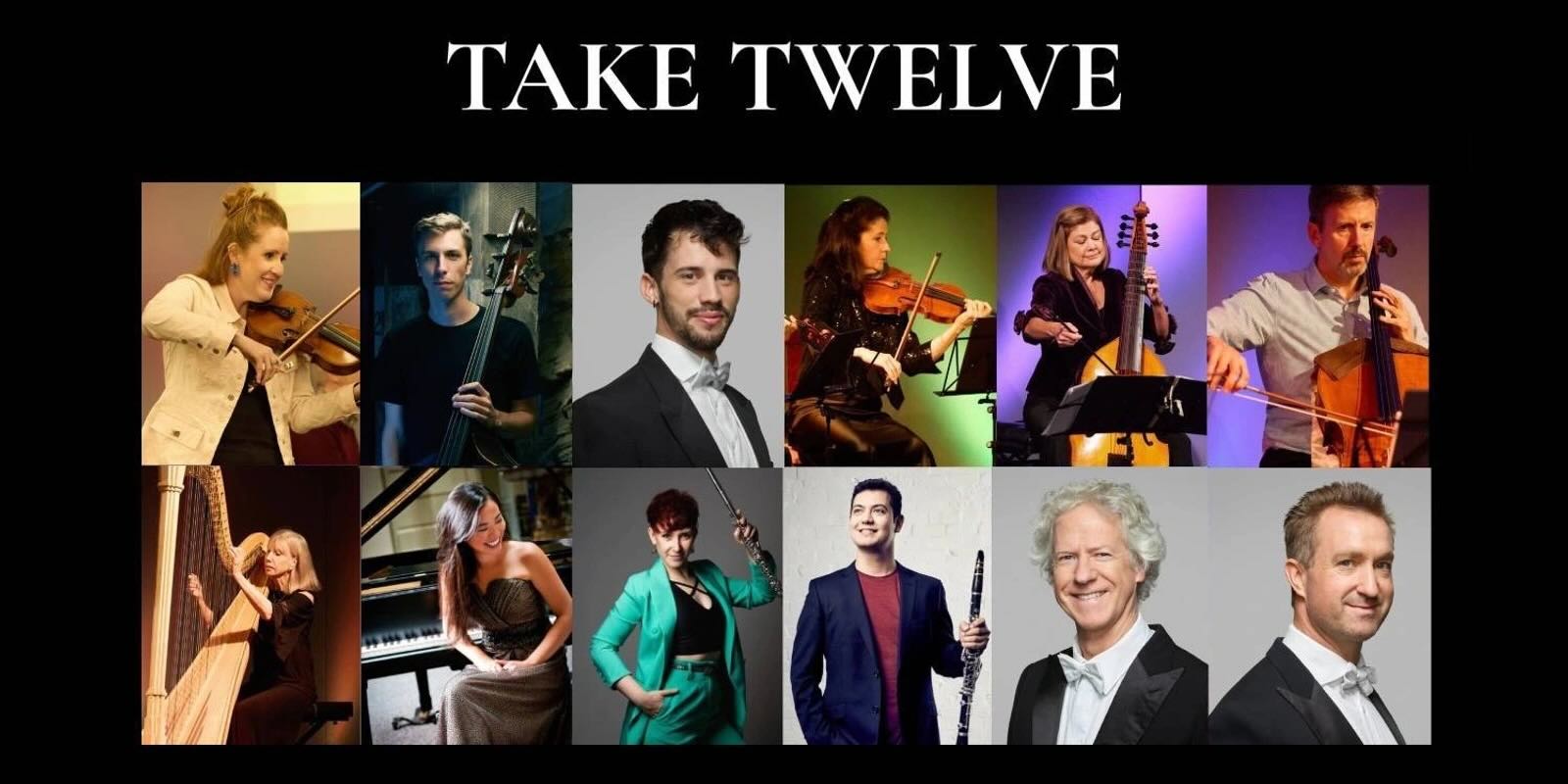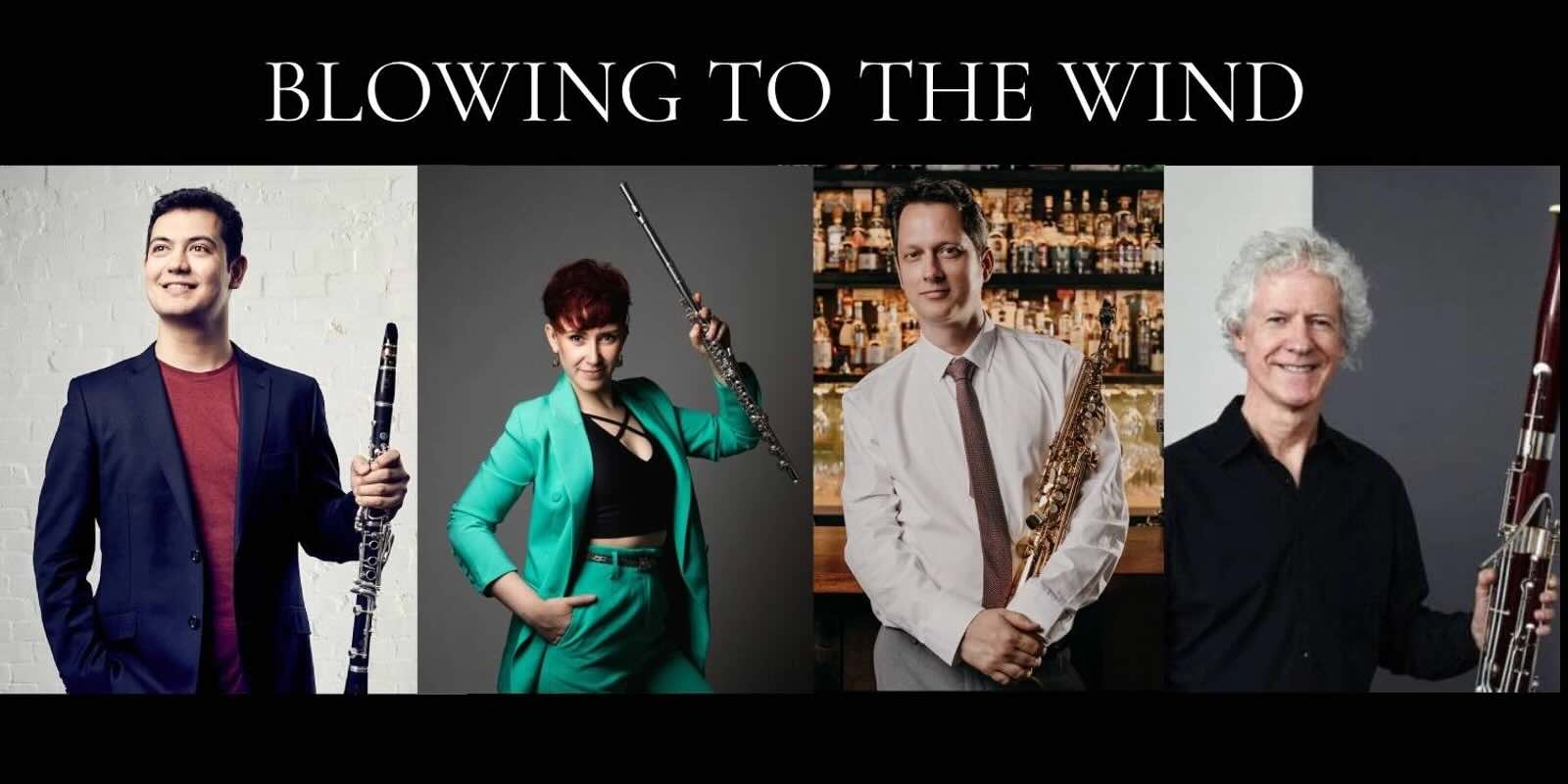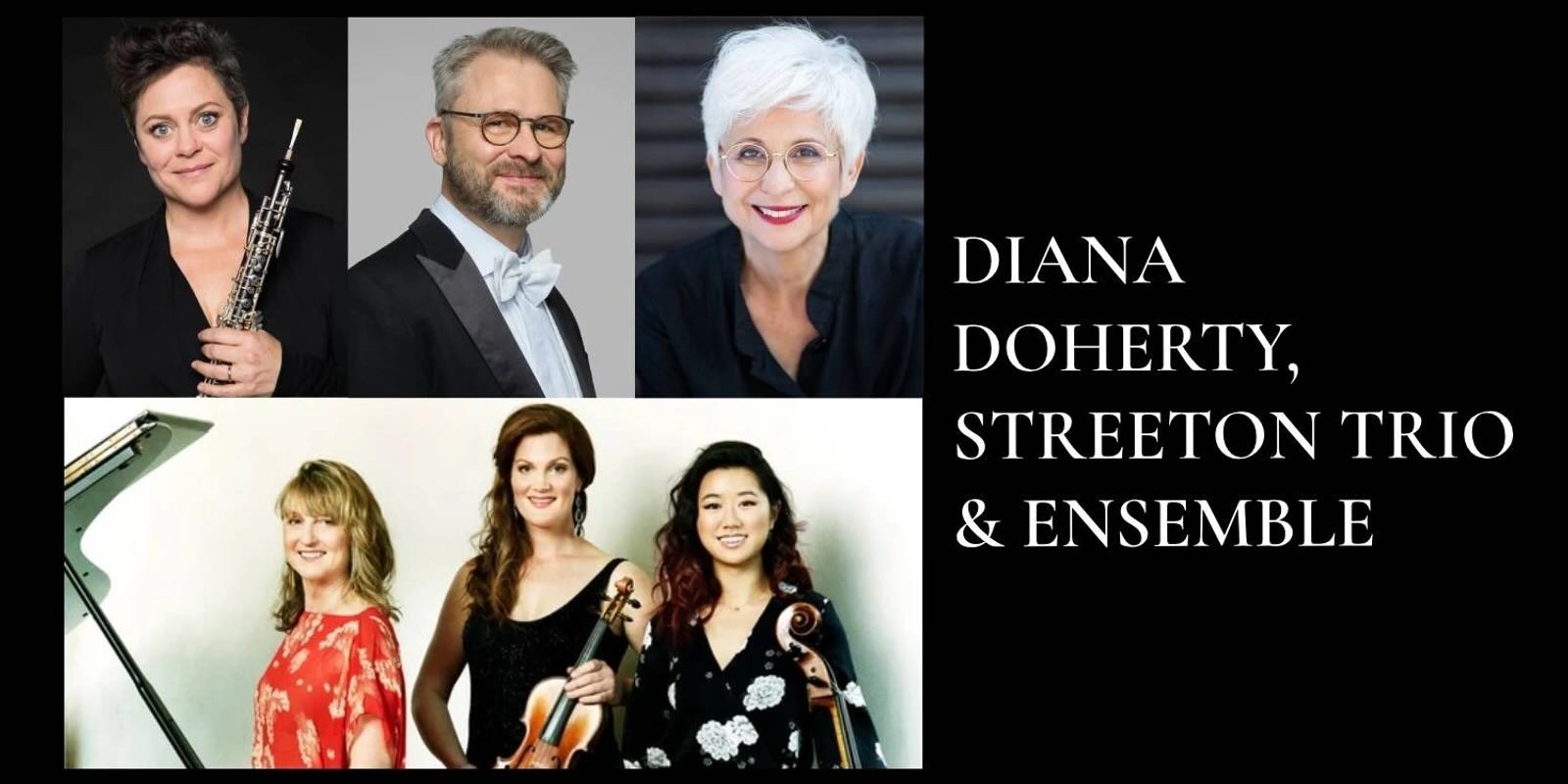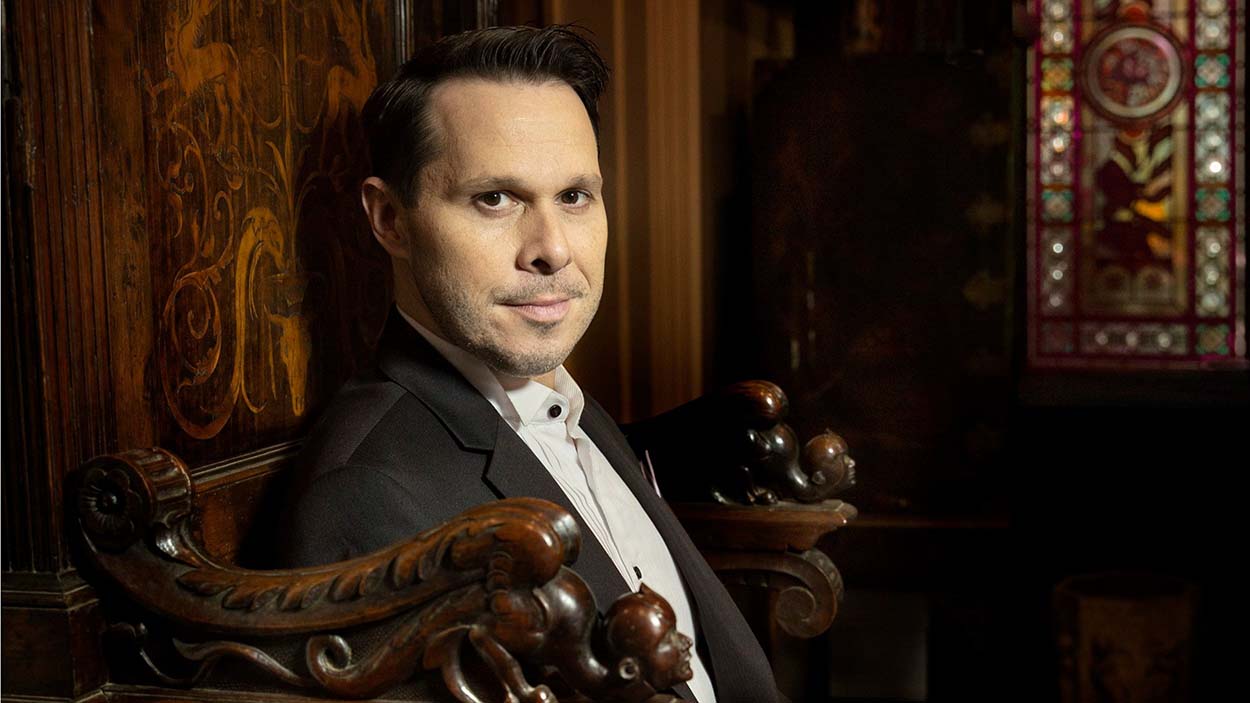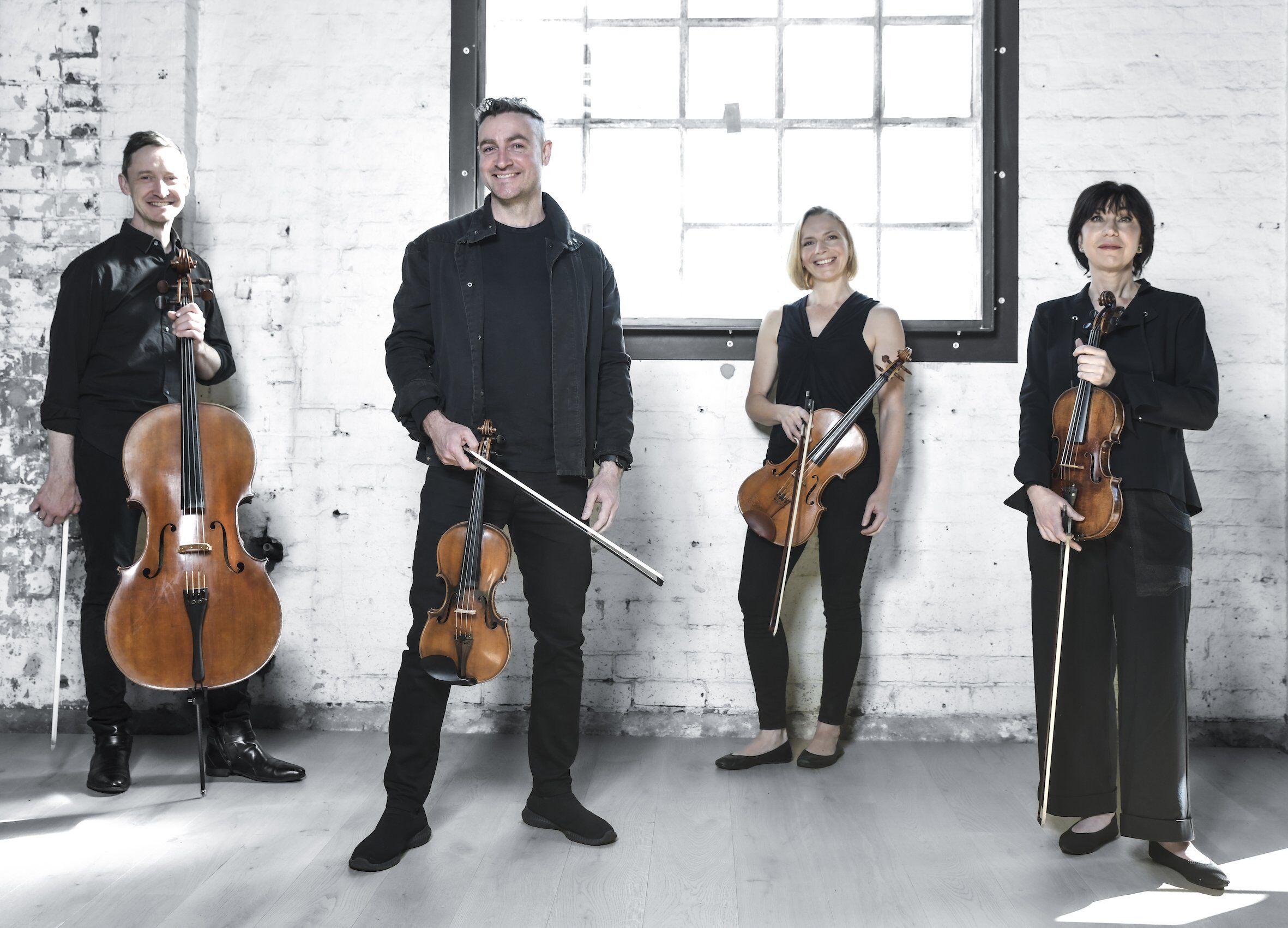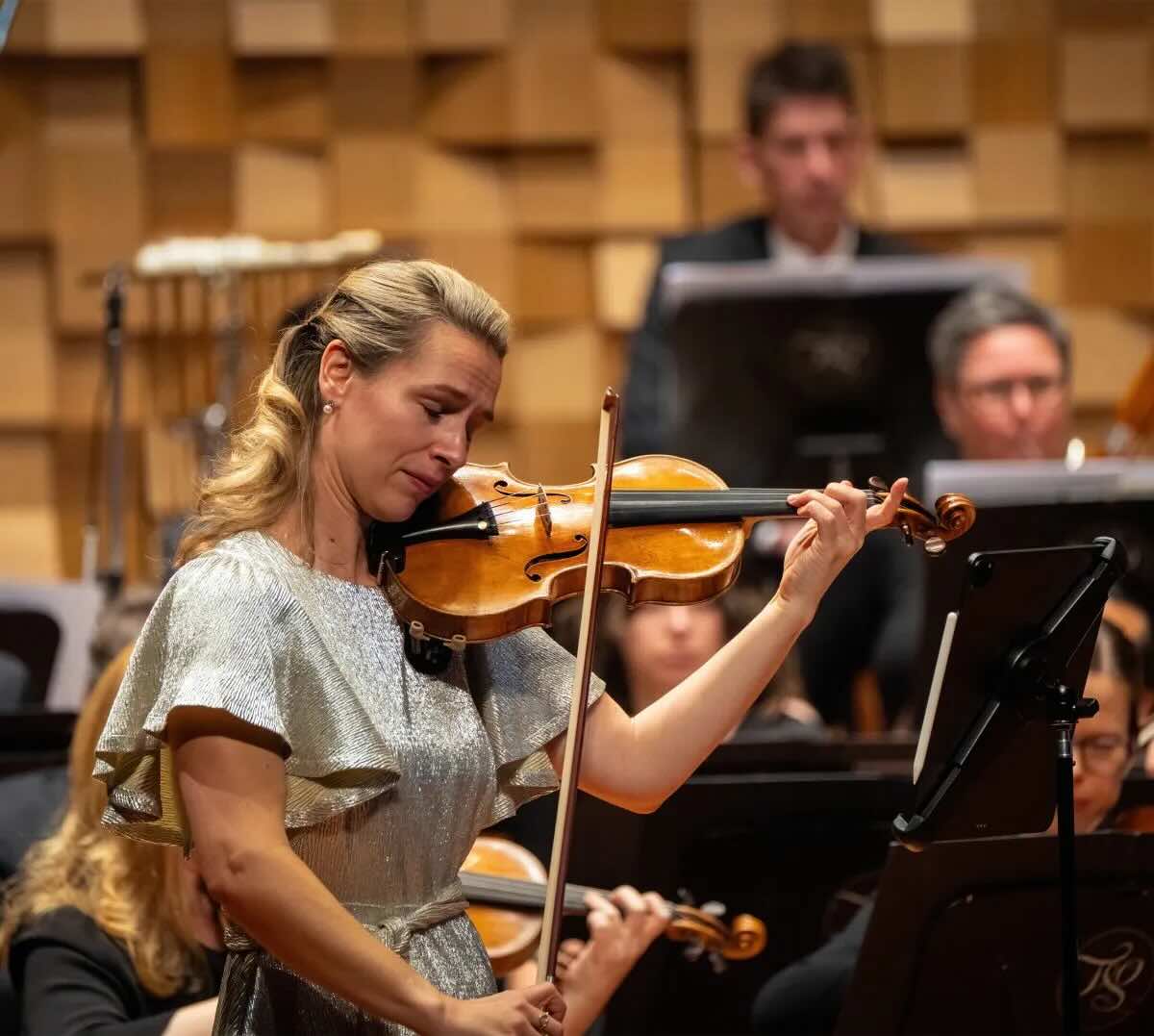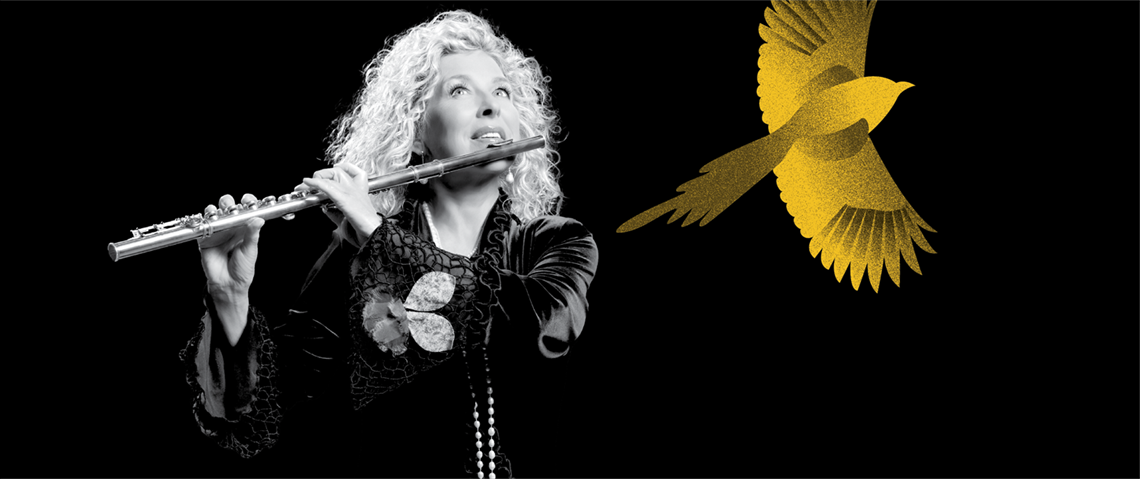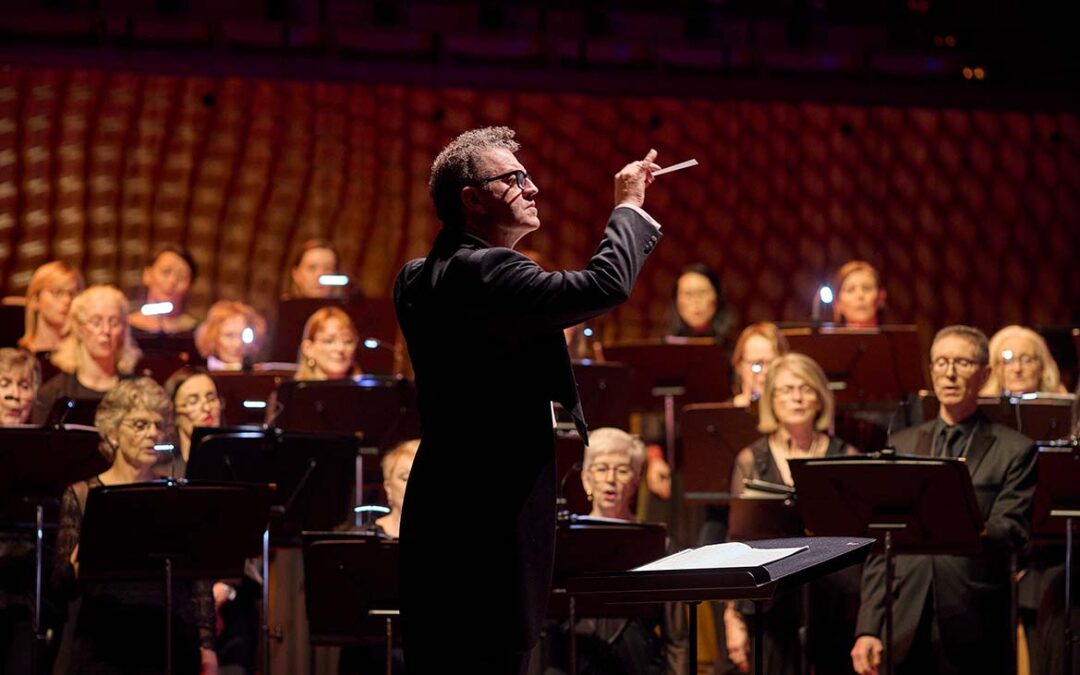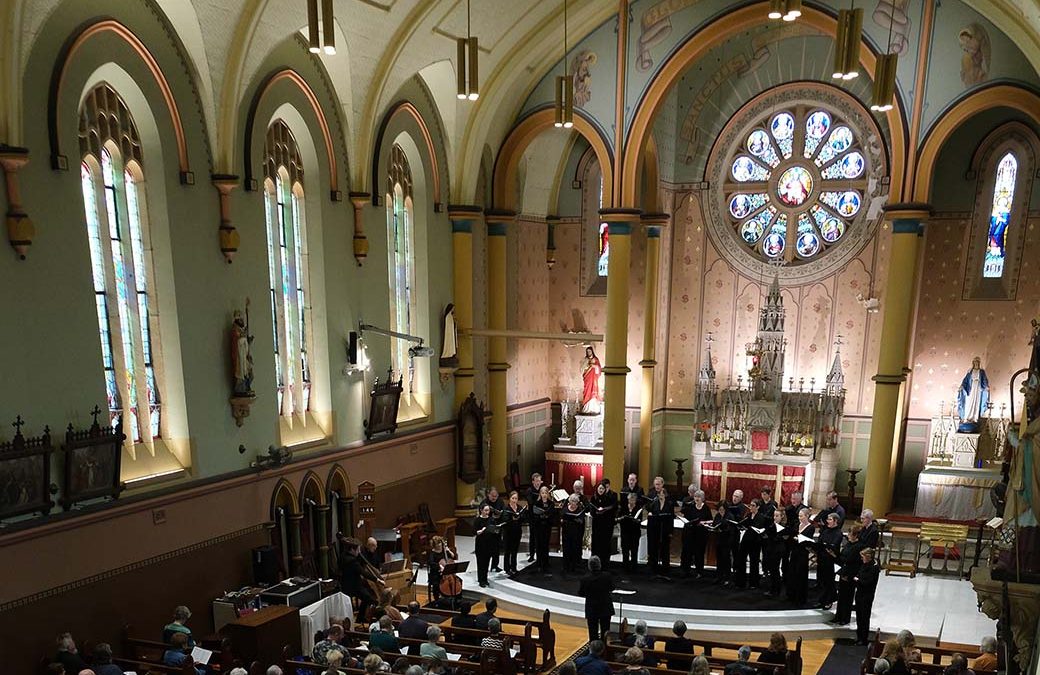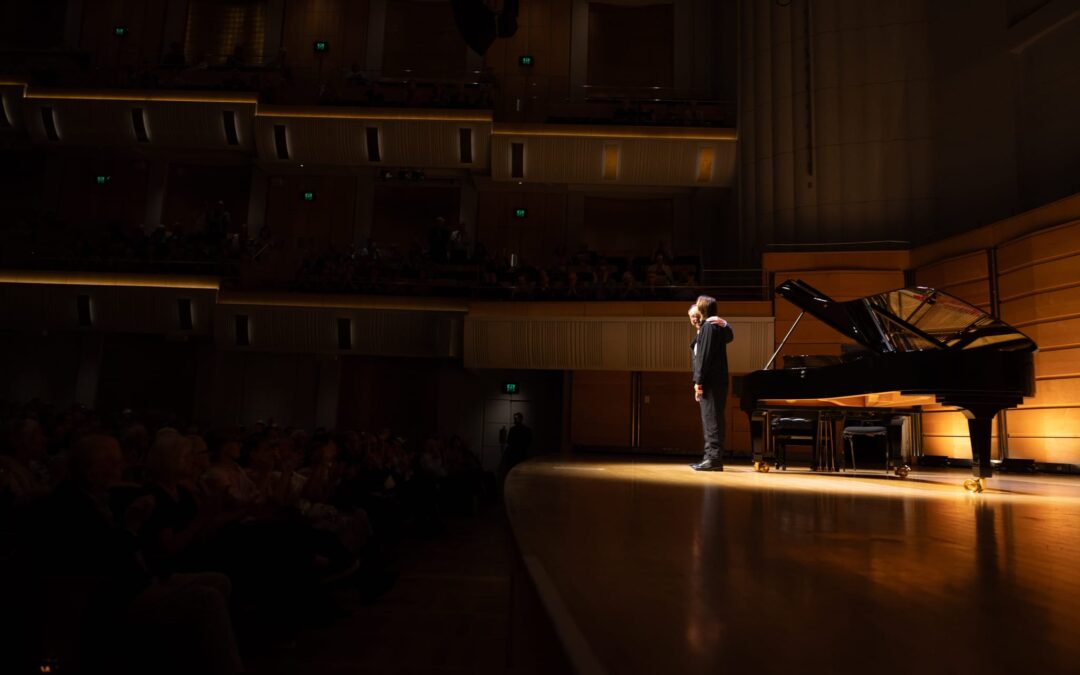Can there be a better venue for a recital than the Opera House’s Utzon Room with its view down the harbour to the heads on a sparkling Sunday afternoon?
Paul Stender performed the Bach with authority
The Omega Ensemble is a seasoned group which was formed in 2005 and this programme was certainly carefully constructed. A packed room was there to hear the Bach solo cello suite in G major form a great curtain-raiser. Although familiar to most music lovers, it is not widely known that these suites were dismissed until their revival by Pablo Casals in the early twentieth century. Paul Stender handled the famous Prelude with its dissonant coda with an authority. The double stopping in the Courante was particularly accurate while the Sarabande was notable for its sensitivity of tone. A fulfilling experience overall.
Maria Raspopova and David Rowden relished their solo parts
The Beethoven trio which followed is nicknamed the “Gassenhauer” meaning a “Street Tune” namely “I need a snack” from a contemporary comic opera. The first movement features difficult runs on the piano in which the pianist, Maria Raspopova shone. The cello was prominent in the introspective Adagio while the clarinettist, David Rowden, shone in the finale, a set of variations on the above song. The two variations in minor keys were superbly phrased while the soloists clearly relished the syncopated episode before the coda.
Ben Hoadley’s work was satifying, tranquil and well received
The bassoonist of the Omega, Ben Hoadley was the composer of the following work titled “Four Preludes“. These are based on sounds and memories gleaned from restful sojourns in New Zealand and Sydney’s North shore. To my ear,the second prelude conjured up the starkness of bare mountains, perhaps Milford Sound, while the third suggested a stream in a rain forest. Bird calls in the surrounding preludes were inspired by the call of the Grey Butcherbird. A satisfying, tranquil end to the first part and well received by the audience.
The clarinet was the star in Brahms trio
The Brahms trio which followed is one of the few works written for the combination of piano cello and clarinet. Brahms wrote four chamber works that included this wind instrument and this, as others, was composed with his friend, Richard Muhlfeld in mind, the 58 year old composer playing the piano part at the first performance. The clarinet is the star performer in this work which begins with a dour figure followed by staccato chords on the piano. The second movement is reflective in nature and features a four note motto followed by unusual rhythmic modulations. The third movement is a slowish folk tune, optimistic in nature. The clarinet really comes to the fore in the Finale which shows off the interplay between the three instruments and incorporates the composer’s oft-used F-A-F motto, translated as “Free but Lonesome”. This work is often billed as a failed experiment by Brahms with this instrumental combination and I’m afraid that I’m inclined to agree as, though structurally sound, it lacks the vivacity and engaging nature of his better-known works. This is not to detract from the artists who melded perfectly in this work and, indeed, the whole programme to produce a supremely enjoyable afternoon’s entertainment with the awesome backdrop adding to the occasion.


